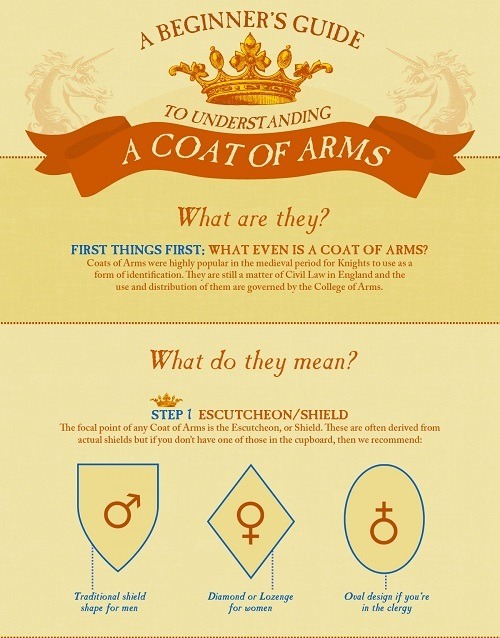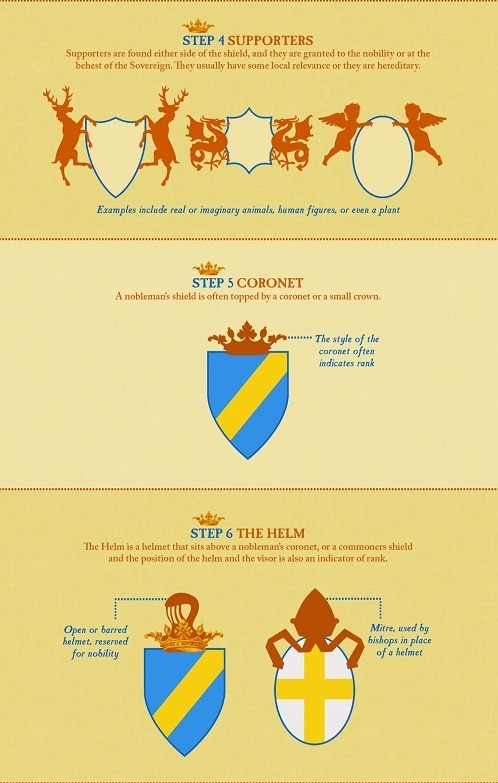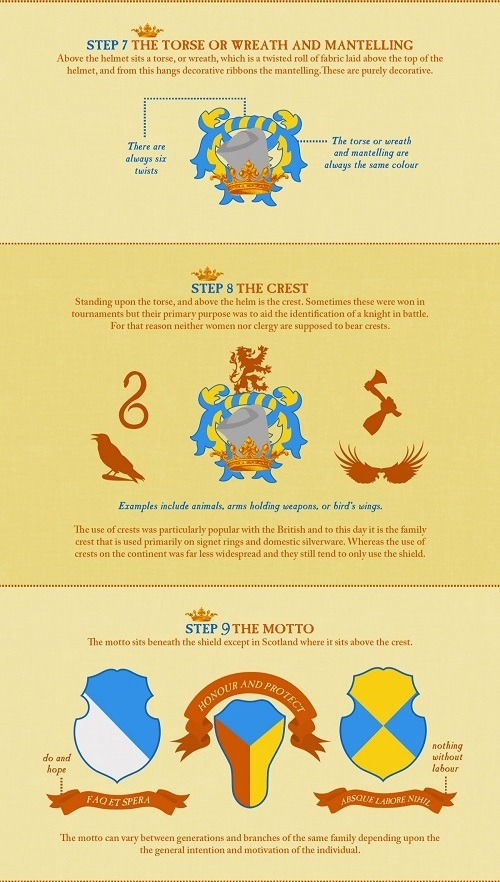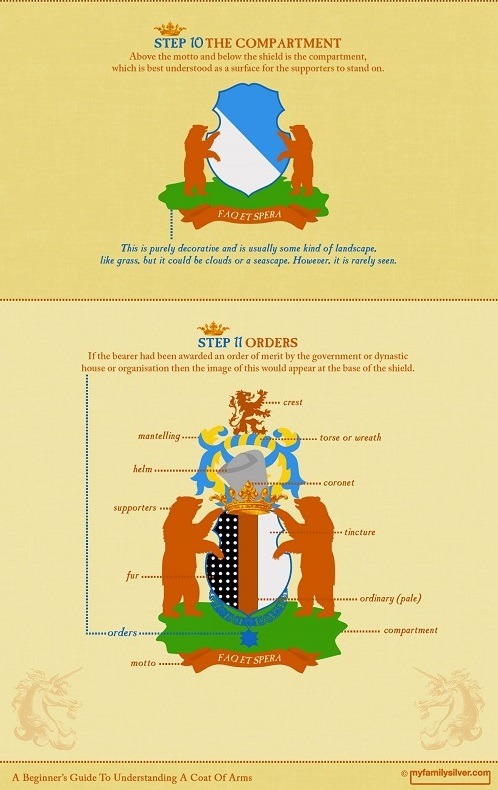Juuuuuuuuulia
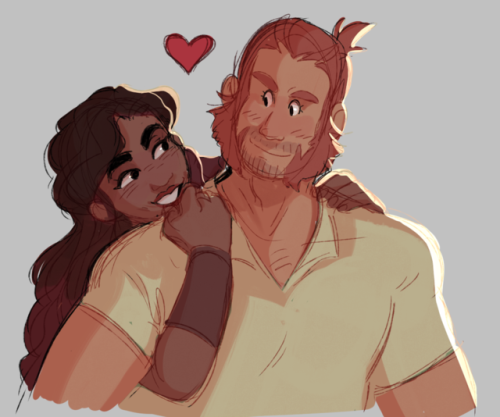

juuuuuuuuulia
Im so lazy I never size my pictures for tumblr right
More Posts from And-void and Others
Hello! So what I've noticed in my writing is that the 'bad guys' the antagonists, generally become the same thing. As in: an organization out to get protagonist and they avoid said antagonists. I was wondering if you had any advice on how to add variety to 'villains' in stories. Because the only other kind of villain I can come up with is one who tries to to take over the world or city and that feels over used and stale....
It might help to try exposing yourself to more stories, because there are many different examples of antagonists out there and a good chunk of them aren’t trying to take over the world.
I’ll direct you to this older ask about writing interesting antagonists as a start!
An antagonist isn’t always a straight-up “bad guy”, in fact, the best antagonists aren’t horrible people. They’re just people opposing the protagonist– that’s what “antagonist” means. They don’t have to be evil or crazy, they just work against the main character. Sometimes they’re just normal people with a bad reputation.
You need to think of your antagonists like any other character, just with goals that clash with the main cast instead of a “bad guy”. Try thinking smaller than “taking over the world”, what if the antagonist was only a threat to the protagonist’s world or way of life?
“Taking over the world” is an easy conflict to fall back on because it’s kind of black-and-white, but the best conflicts aren’t that simple.A bigger conflict doesn’t make a better story. The world is swimming in shades of gray and good antagonists (and protagonists!) show that.
Good antagonists also tend to be tied to good protagonists– to find variety in conflict, look at the main characters you create. If all their goals are to save the world, then you’d have to have a main antagonist trying to take it over (or some variation). If the protag’s goal is to win a competition, then the antag would likely be someone on a different team, a rival, or maybe their own insecurity.
It also all comes down to details. Your antagonists need motivation. Why are they trying to take over the world? Did the effects of climate change make them think humans are a plague that need to be destroyed? Do they have a power complex and need to subjugate others to feel better about themselves? Are they immortal and bored?
Start treating your antagonists like real characters instead of a plain force that works against the protagonist. They’re people too (most of the time, man vs environment is a thing) and that means they’re going to have motivation, depth, feeling– everything that your protagonist needs to be “developed”, they need as well! It’s true that you may not be able to explore that development as heavily because they aren’t the focus of the story, but you can use the information to craft them so they work specifically in your story. A cliche antagonist is likely a sign of a cliche story in general.
Here’s Ways to Flesh-Out Characters, and then the only extra thing that would make someone an antagonist is that they’re opposing the protagonist. Try to creating more personal conflicts (revenge can be a decent place to start) and variety of antagonists can come out of that.
Good luck with your antagonists!
ok, i’ve decided to make a tutorial on how to prepare these graphite blenders (english is not my first language so keep that in mind) hope i explain myself well:

i think they’re called stumps in english, whatever, the point is i’ve seen a lot of artists ditching them and recommending using q-tips instead becaue “they’re hard and don’t blend well” or using them right away, so i thought i would show you how to soften them. some of you may know this but i’m sure a lot of you don’t
step 1: buying them (i recommend getting 3, the smaller one, a medium size one and a large one)
step 2: search a hard surface (the floor is great) and get a hammer
step 3: get one stump and start hammering it, you have to hammer the whole stump but go a little bit harder on the tips
step 4: roll the stump and hammer all sides (don’t go crazy it has to stay round) it may take a while
step 5: to know when you’re done you gotta squeeze the tip, it’s gotta be soft enough to form an oval between your fingers but not flaten right away
step 6: choose the softer tip and put the stump vertical with the chosen tip up, hit the floor repeatedly to get rid of the other tip, keep doing that until the bottom is flaten, you should end up with something like this:

step 7: once you’re done, put tape around the point, right where the cone of the point starts forming

step 8: get some sandpaper and sand the tip (horizontally like in the gif), keep the sandpaper in your case because that’s how you “clean” the tip

i had these for almost 7 years (yeah i know they look nasty, art isn’t clean)

and they work perfectly

welcome to shithole
cohost fucking exploded so its time for my shameful return. i will be posting art here again. uhhh
my beautiful website
my wretched instagram
my bluesky that im scared of
cara if anyone even uses that
personal/side blog

Attention anyone who needs hairstyle references
I want to introduce all of you to this amazing place called the ukhairdressers style gallery.
It’s basically a massive database full of high-quality images of different hairstyles. I mean, look at all the options in that sidebar (and part of it’s cut off):

In total they have 976 pages of hairstyles with about 17 styles each, that’s about 16592 hairstyles to look at.
Look at all the stuff they’ve got! Long hair:

Short hair:

Straight hair:

Curly hair:

Afro hair:

Men’s hair:

Hair on older models:

Extra-fancy hair:

Even crazy avant-garde hair:

So if you need help with designing a character or you just want to practice drawing hair, this is a fantastic resource.
more wonderful winter words ❄
hoarfrost (n.) a grayish-white crystalline deposit of frozen water vapor formed in clear still weather on vegetation, fences, etc. rime (n.) frost formed on cold objects by the rapid freezing of water vapor in cloud or fog. frazil (n.) soft or amorphous ice formed by the accumulation of ice crystals in water that is too turbulent to freeze solid. whiteout (n.) a blizzard, especially in polar regions, that reduces visibilities to near zero.
-
 raspberrybluejeans reblogged this · 1 year ago
raspberrybluejeans reblogged this · 1 year ago -
 raspberrybluejeans liked this · 1 year ago
raspberrybluejeans liked this · 1 year ago -
 duckduckngoose reblogged this · 3 years ago
duckduckngoose reblogged this · 3 years ago -
 devotedlycolddreamland reblogged this · 3 years ago
devotedlycolddreamland reblogged this · 3 years ago -
 devotedlycolddreamland liked this · 3 years ago
devotedlycolddreamland liked this · 3 years ago -
 miqokin liked this · 3 years ago
miqokin liked this · 3 years ago -
 planteilei liked this · 4 years ago
planteilei liked this · 4 years ago -
 theunseeliemperoress reblogged this · 4 years ago
theunseeliemperoress reblogged this · 4 years ago -
 clodicusmaximus8 liked this · 4 years ago
clodicusmaximus8 liked this · 4 years ago -
 lancehlot liked this · 4 years ago
lancehlot liked this · 4 years ago -
 elemental-roswell reblogged this · 4 years ago
elemental-roswell reblogged this · 4 years ago -
 elemental-roswell liked this · 4 years ago
elemental-roswell liked this · 4 years ago -
 lindsaylang reblogged this · 4 years ago
lindsaylang reblogged this · 4 years ago -
 lindsaylang liked this · 4 years ago
lindsaylang liked this · 4 years ago -
 lazy-queen-irl liked this · 4 years ago
lazy-queen-irl liked this · 4 years ago -
 bassacaglia reblogged this · 4 years ago
bassacaglia reblogged this · 4 years ago -
 bassacaglia liked this · 4 years ago
bassacaglia liked this · 4 years ago -
 t4tharuspex liked this · 4 years ago
t4tharuspex liked this · 4 years ago -
 howljenky reblogged this · 4 years ago
howljenky reblogged this · 4 years ago -
 makewavesandwar liked this · 4 years ago
makewavesandwar liked this · 4 years ago -
 septicsspecialhell liked this · 4 years ago
septicsspecialhell liked this · 4 years ago -
 cartoonking1 reblogged this · 4 years ago
cartoonking1 reblogged this · 4 years ago -
 cartoonking1 liked this · 4 years ago
cartoonking1 liked this · 4 years ago -
 thisismyfunblog liked this · 4 years ago
thisismyfunblog liked this · 4 years ago -
 thoughtfulsaladcomputer liked this · 4 years ago
thoughtfulsaladcomputer liked this · 4 years ago -
 lemonmintcoughdrops liked this · 4 years ago
lemonmintcoughdrops liked this · 4 years ago -
 funkylittlemonk liked this · 4 years ago
funkylittlemonk liked this · 4 years ago -
 shinykipp reblogged this · 4 years ago
shinykipp reblogged this · 4 years ago -
 rumble-b liked this · 4 years ago
rumble-b liked this · 4 years ago -
 lizrdscales reblogged this · 4 years ago
lizrdscales reblogged this · 4 years ago -
 voidfishersong reblogged this · 4 years ago
voidfishersong reblogged this · 4 years ago -
 giogio247 liked this · 4 years ago
giogio247 liked this · 4 years ago -
 am-a-disappointment reblogged this · 4 years ago
am-a-disappointment reblogged this · 4 years ago -
 purple-chimera liked this · 4 years ago
purple-chimera liked this · 4 years ago -
 sing908 liked this · 4 years ago
sing908 liked this · 4 years ago -
 biconvalkyrie liked this · 5 years ago
biconvalkyrie liked this · 5 years ago -
 idkman46 liked this · 5 years ago
idkman46 liked this · 5 years ago -
 wodniars-void liked this · 5 years ago
wodniars-void liked this · 5 years ago -
 howljenky liked this · 5 years ago
howljenky liked this · 5 years ago -
 ennys99 reblogged this · 5 years ago
ennys99 reblogged this · 5 years ago -
 ennys99 liked this · 5 years ago
ennys99 liked this · 5 years ago -
 bigdipperenthusiast reblogged this · 5 years ago
bigdipperenthusiast reblogged this · 5 years ago -
 bigdipperenthusiast liked this · 5 years ago
bigdipperenthusiast liked this · 5 years ago -
 short-pan-tired liked this · 5 years ago
short-pan-tired liked this · 5 years ago -
 voidfishersong liked this · 5 years ago
voidfishersong liked this · 5 years ago -
 spookiat reblogged this · 5 years ago
spookiat reblogged this · 5 years ago

